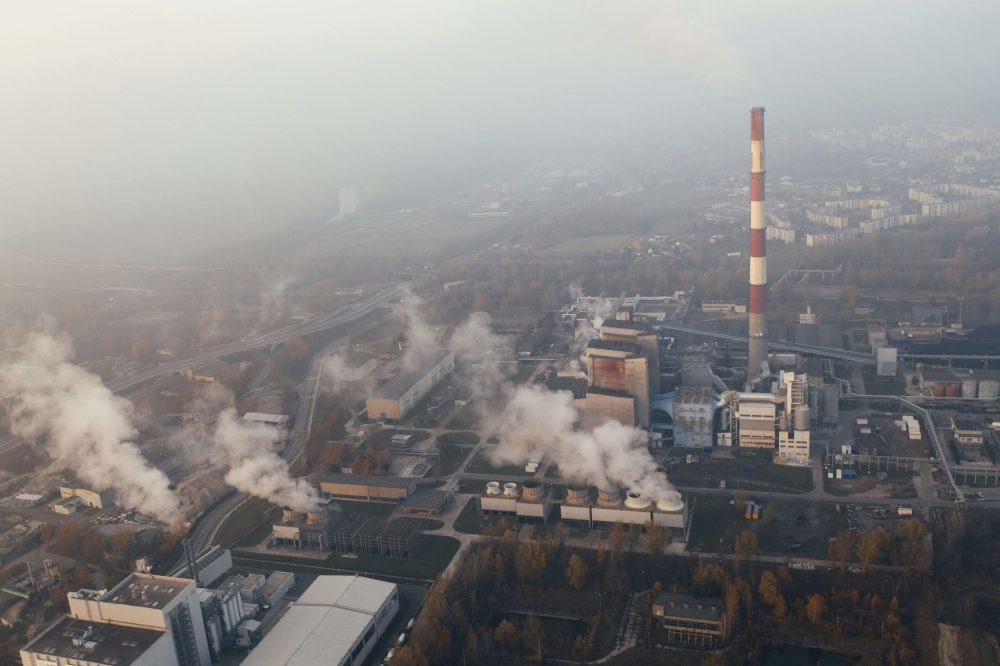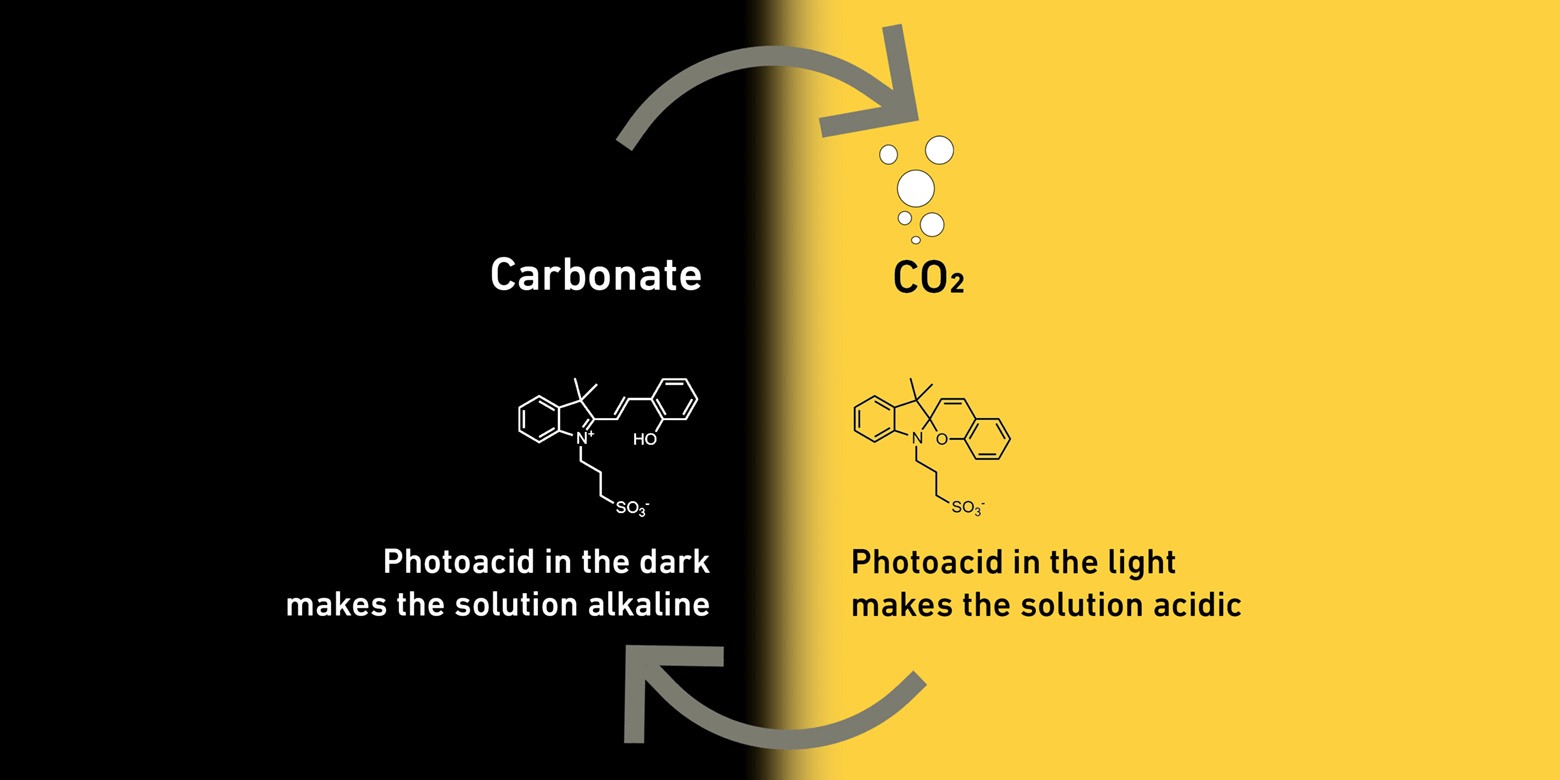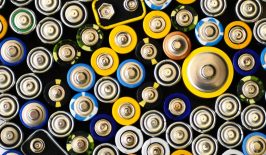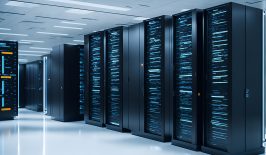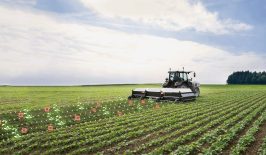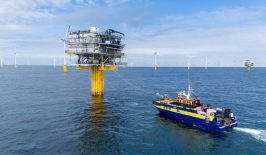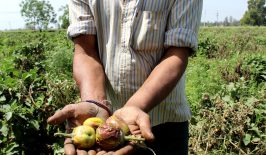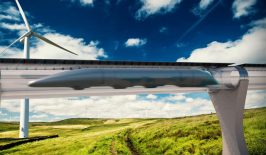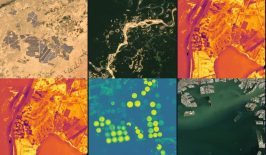It’s clear our planet needs to reach carbon net zero as soon as possible. World leaders have set various net zero targets ranging from 2030 to 2050. If we no longer emit carbon into the atmosphere, then these targets will be achieved. But even if these goals are reached, our planet would still be suffering from all the excess carbon we’ve emitted throughout our years of damaging the climate. This is where carbon capture comes in.
There are already some methods of capturing carbon
Carbon capture is the universal term for methods of separating CO2 from a bulk body. Scientists have been experimenting with capturing carbon using liquids or solids for several years. However, these methods often need a lot of energy to create the temperature or pressure difference that capturing carbon requires. Now, researchers at the Electrochemistry Energy Systems Laboratory at ETH Zurich are experimenting with a new solution: carbon capture with light.
Leading the project is Professor Maria Lukatskaya, who is working with a team including Anna de Vries. RESET spoke with de Vries, who explained why their new method of carbon capture is crucial in the field. “The first step is to build diversity in the energy portfolio,” she says. She outlines how, in places with a lot of sunlight, carbon capture with light is an ideal method. “Asking, ‘Where is the abundance of energy?’ is crucial,” she explains.
CO2 is less soluble in acidic solutions
Carbon capture with light actually begins in the darkness. Air goes through an alkaline liquid in a dark environment, which makes the CO2 in that air form carbonates. Then comes the light, which makes the liquid acidic. De Vries explains how “CO2 is less prone to stay in acidic solutions,” which means CO2 now leaves the liquid in the form of bubbles before it’s collected in gas tanks. With the liquid empty of CO2, the light is switched off and the process begins again.
The fact that the process is cyclical and the same liquid can be re-used is crucial. If the molecule wasn’t reversible, the method would get expensive, fast. While researchers had investigated this class of molecules in other applications in the past, they never got past the roadblock of figuring out how to avoid degradation. “We’re focusing on targeting the stability of the molecule,” says de Vries. They do this by adding co-solvents to the solution instead of just water, which means the liquid can be re-used for an extended period of time (from one day to at least three weeks). This keeps the costs of the project low. Additionally, the co-solvent can increase the amount of molecules dissolved in the liquid, which improves the overall CO2 capture capacity. This development was supported with calculations conducted by Dr. Kateryna Goloviznina and Professor Mathieu Salanne from Sorbonne University in Paris.
Carbon capture is funded by carbon offsetting schemes
Carbon offsetting schemes–where high-polluting industries such as aviation negate their climate impact by paying to reduce CO2 emissions–are often affiliated with carbon capture projects. But these schemes don’t necessarily help the climate, instead offering a way for industries to claim sustainability without changing their business model. De Vries acknowledges this, saying it’s important to avoid “industries keeping business as usual.” She also points out the potential of CO2 caught in carbon capture to be used in the production of sustainable aviation fuel (SAF). But SAF has criticisms of its own, namely that it produces the same amount of CO2 when burned as kerosene, and that it is a way for the aviation industry to continue avoiding their contribution to global warming. Even with all the benefits of carbon capture taken into account, reducing emissions must remain a priority.
Carbon capture with light has potential if the project is scaled
For carbon capture with light to begin making a difference to our CO2 emissions, the project must be executed at scale. De Vries and Lukatskaya outline the potential the project has, but also its urgency: “With global warming, everything needs to happen as soon as possible.”
